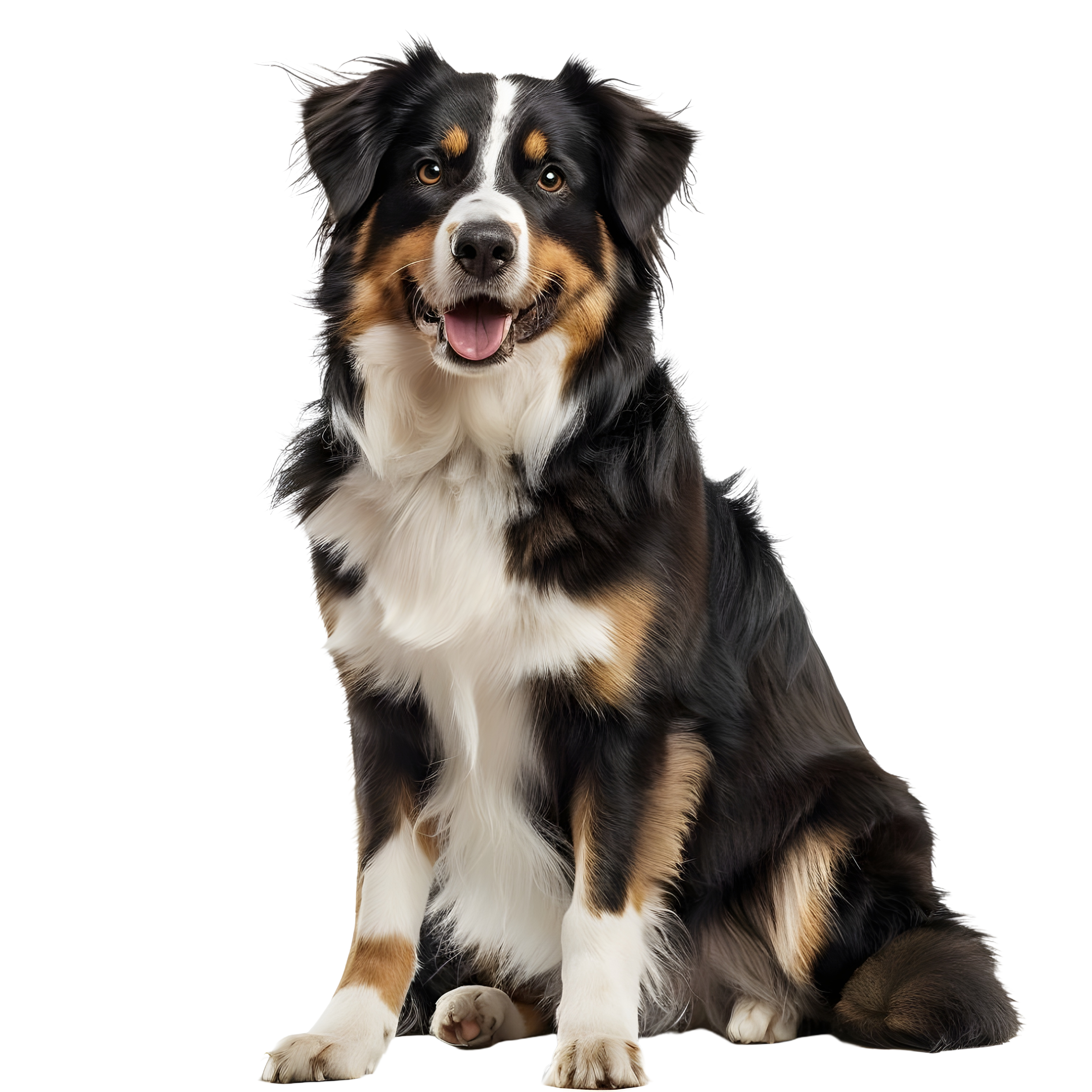Carrie Pallardy

The leash is a helpful tool for any dog owner. Clipping one on allows you step outside with your dog and explore the world safely. But some dogs do not react well to being leashed. Reactive behavior in a leashed dog can be challenging to manage. Learn about leash aggression and how you work to improve your pet’s behavior.
What is Leash Aggression?

Leash aggression, also referred to as leash reactivity, describes a set of behaviors dogs display when leashed and interacting with other dogs. This behavior can include barking, growling, snapping, and lunging. Your dog might even try to place her body between you and other dogs you encounter while on your walks.
This behavior, while alarming, rarely ends in actual biting, according to the American Kennel Club. But it still makes going out for walks difficult because you will continue to have unpleasant encounters with other dogs and their owners.
How Does Leash Aggression Develop?
Many dogs that display reactive behavior while leashed have no problems when the leash is taken out of the equation. When free to roam, they might calmly greet and even play with other dogs without a hint of aggression. While the trigger for leash aggression can vary, the heart of the matter is proper socialization.
Eight to 14 weeks old is an essential window of time for a dog to learn how to socialize. If your dog misses that window, he is more likely to develop behaviors driven by fear, like leash aggression. A leash may make your dog more anxious because he feels trapped and forced to interact with a nearby dog. Or the leash may be a source of frustration. Your pup feels she cannot interact naturally with other dogs. Whether driven by anxiety or frustration, your dog feels compelled to act out on the leash.
How Can You Change the Behavior?

Maybe your dog missed out on some early lessons in socialization, but that doesn’t mean you are never going to be able to enjoy peaceful, leashed walks together. You can work to change the behavior, but you will need time, patience, and consistency.
- Use treats to your advantage. Distraction is a powerful tool. Keep training treats with you when you step out for a walk with your dog. Slowly help your dog to associate good behavior on the leash with a tasty reward.
- Be proactive. The timing of your treat offerings is important. Do not wait for your dog to react to another pup you encounter. Let your pet notice the other dog. Focus on getting your dog’s attention. Once you have it, offer a treat and praise.
- Considering using a trainer. Rewriting behavior patterns is challenging. If you feel like you have hit a wall with your dog, you always have the option of working with a professional trainer.
What Can You Do in the Meantime?
It is tempting to abandon your walks altogether when your dog displays aggression while on-leash, but this will not help to alter the behavior pattern. While you work with your dog (remember those treats!), you can take some measures to manage the environment.
Consider what time of day you go for a walk and where. Maybe skip the popular park paths favored by many other dog owners so your dog isn’t overwhelmed. You can also give other dog owners a heads up about your dog’s reactivity. A colorful vest with a written warning will let other owners know to give you and your pup space.
Remember, always keep your dog walker informed of any potential leash behavior issues and the steps you are taking to alter your dog’s reactivity.
Sources:

